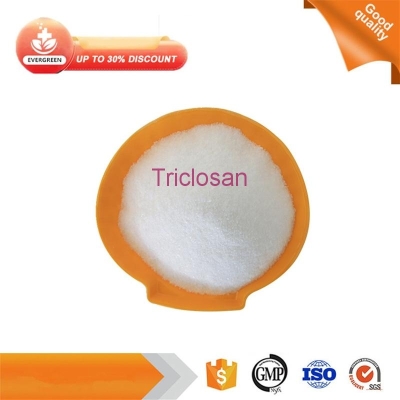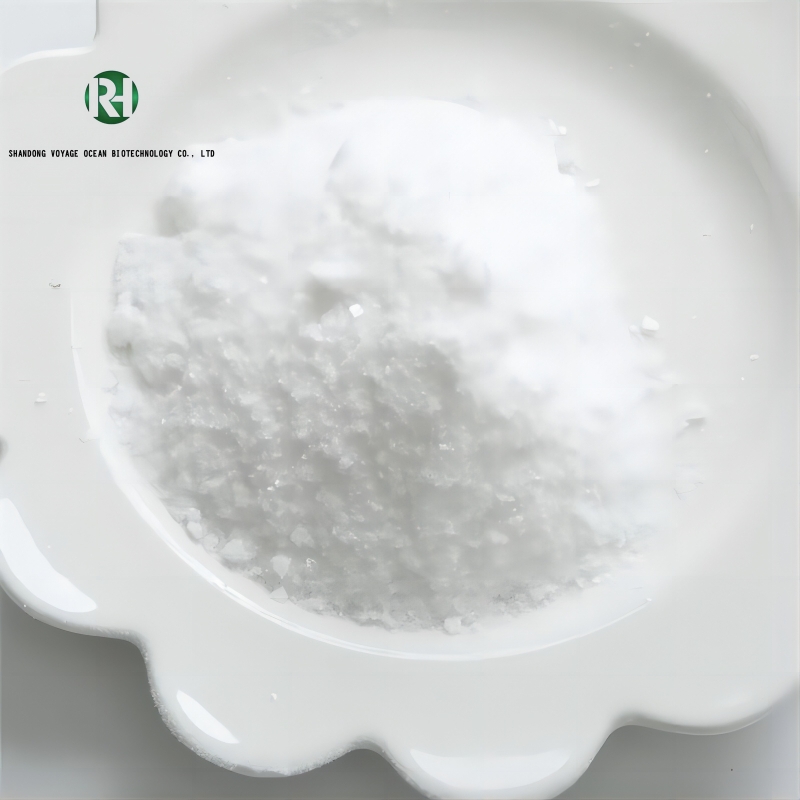How to deal with welding defects of valves
-
Last Update: 2016-03-23
-
Source: Internet
-
Author: User
Search more information of high quality chemicals, good prices and reliable suppliers, visit
www.echemi.com
Cast steel valves are widely used in pressure valves of industrial pipelines due to their economic cost and design flexibility However, due to the constraints of casting size, wall thickness, climate, raw materials and construction operation, various casting defects such as sand holes, air holes, cracks, shrinkage porosity, shrinkage porosity and inclusions will appear in the castings, especially in the alloy steel castings of sand casting Because the more alloy elements in the steel, the worse the fluidity of the molten steel, the more likely the casting defects will occur Therefore, it has become a common concern for cold and hot processing of valves to identify defects and develop reasonable, economic, practical and reliable repair welding process to ensure that the repaired valves meet the quality requirements This paper introduces several repair welding methods and experience of common defects of steel castings (old brand is used for welding rod) 1 Defect treatment 1.1 Defect judgment in production practice, some casting defects are not allowed to be repaired for welding, such as through cracks, through defects (through the bottom), honeycomb pores, sand inclusions that cannot be removed, shrinkage porosity with an area of more than 65 square centimeters, and other major defects that cannot be repaired for welding as agreed in the contract between both parties The type of defect shall be determined before repair welding 1.2 defect removal in the factory, generally, the casting defects can be removed by carbon arc gouging, and then the defects can be polished with a portable angle grinder until the metal luster is exposed But in the production practice, it is more to use carbon steel electrode directly to remove defects with high current, and use angle grinder to grind out metallic luster Generally, 65cm2 castings can be used for defect removal, and castings with depth > 20% of casting wall thickness or 25mm can be used Astma217 / a217m-2007 is considered as an important repair welding In A217 standard for this kind of important repair welding, it is proposed that the stress relief treatment or complete reheating treatment should be carried out, and this kind of stress relief treatment or complete reheating treatment must be carried out by the approved method, that is, the important repair welding needs to develop repair welding process According to astma352 / a352m2006, stress relief or PWHT after important repair welding is mandatory According to the industry standard JB / t5263-2005 corresponding to A217 / a217m, the important repair welding is defined as "heavy defect" However, in fact, many defects are often found in the process of finishing, except that the casting blanks can be completely reheated, which can no longer be completely heat treated Therefore, in production practice, it is usually solved by experienced welders with welding certificates of pressure vessels on the site with effective methods 3.2 After repair welding of defects found after stress relief finishing, it is impossible to conduct overall stress relief tempering treatment Generally, the partial heating tempering method of oxygen acetylene flame at the defect can be used The neutral flame of large cutting torch shall be used to swing back and forth slowly, and the casting shall be heated to the surface to appear dark red (about 740 ℃), with heat preservation (2min / mm, but not less than 30min) Immediately after stress relief treatment, cover the defect with asbestos board For the defects on the diameter of pearlitic steel valve, asbestos plate shall be filled in the inner cavity of the diameter to slow the cooling This kind of operation is not only simple and economical, but also requires the welder to have some practical experience Generally, stainless steel castings shall not be treated after repair welding, but they shall be welded at the ventilated place to make the repair welding area cool quickly Unless the repair welding indicates that the austenitic structure has been changed, or it is a serious defect Under the permission of the contract and conditions, the solid solution treatment shall be carried out again For the carbon steel castings and various pearlitic castings with too large and too deep defect area, if they are in the stage of casting cleaning and are in rough machining, but have allowance for finish machining, stress relief treatment shall be carried out after repair welding The tempering temperature of carbon steel can be set as 600-650 ℃, the tempering temperature of ZG15Cr1Mo1V and ZGCr5Mo can be set as 700-740 ℃, and the tempering temperature of ZG35CrMo can be set as 500-550 ℃ For all steel castings, the holding time of stress relief tempering shall not be less than 120min, and the castings shall be cooled to below 100 ℃ with the furnace 3.3 for the "heavy defects" and "important repair welding" of valve castings, astma217a217m-2007 standard stipulates that if the production of castings meets the supplementary requirements of S4 (magnetic particle inspection), the repair welding shall be inspected by magnetic particle inspection of the same quality standard of castings If the casting production complies with the supplementary requirements of S5 (radiographic inspection), the repair welding of castings with leakage in hydrostatic test, or with any pit depth more than 20% of the wall thickness or 1IN1 (25mm) prepared for repair welding, or with any pit area greater than 10in2 (65cm2) prepared for repair welding shall be inspected by the same standard of radiographic inspection According to JB / t5263-2005, radiographic or ultrasonic testing shall be carried out after repair welding of heavy defects That is to say, for heavy defects and important repair welding, effective non-destructive inspection must be carried out to prove qualified before use 3.4 grade evaluation for the grade of NDT defect report in repair welding area, JB / t3595-2002 stipulates that the groove and repair welding position of steel casting valve of power station valve shall be evaluated according to GB / t5677-1985, and it is qualified in grade III The butt weld of valve shall be evaluated as per GB / t3323-1987, and it is qualified as grade II In JB / t644-2008, there are two kinds of defects with different grades in the casting When there are two or more kinds of defects with different grades in the assessment area at the same time, the lower grade of Zui is taken as the comprehensive assessment grade When there are two or more types of defects with the same level at the same time, the comprehensive level shall be reduced by one level For slag inclusion, non fusion and incomplete penetration in repair welding area, JB / t6440-2008 stipulates that it can be regarded as slag inclusion of casting defect for evaluation, and porosity in repair welding area can be regarded as porosity evaluation of casting defect Generally, the order contract of valves does not indicate the casting grade of valves, even less the qualified grade after defect repair welding, which often brings many contradictions to the production, inspection and sales of valves According to the actual quality level of steel castings in China and many years of experience, the level of repair welding area evaluation is generally considered not to be lower than the third level in GB / t5677-1985, that is, the third level in asmee446b standard The pressure bearing parts of the shell of cast steel valve and high-pressure cast steel valve under acid and corrosion-resistant pipeline condition shall generally meet the standard of asmee446b class II or above The results of X-ray examination show that the defects produced in the process of deposit are less and higher than those of the casting itself In short, as a part of the manufacturing process, repair welding should not be taken lightly 3.5 Although the hardness testing repair welding area is qualified through NDT, if machining is required, the hardness of the repair welding area should be checked again, which is also the inspection of stress relief treatment effect If the tempering temperature is not enough, or the time is not enough, the deposited metal in the repair welding area will have high strength and poor plasticity, and the welding area will be very hard during machining, which will easily lead to Dao crack It is easy to cause local stress concentration and obvious trace of repair welding transition interface Therefore, the repair welding area needs to be identified and tested by hardness value A portable grinder was used to smooth the repair welding area and a portable Brinell hardness tester was used to hammer three points The hardness value of the repair welding area was compared with that of the steel casting itself If the hardness values of the two regions are similar, the oxyacetylene tempering is basically successful If the hardness value of repair welding area is more than 20 of steel casting, rework is recommended until the hardness is close to the base metal The hardness of pressure steel castings after heat treatment is generally designed as 160-200hb, too low or too high hardness is not conducive to machining operations Too high hardness of repair welding area will reduce its plasticity and reduce the safety performance of valve shell 4 Conclusion: the scientific repair welding of steel casting defects is an energy-saving remanufacturing engineering technology Under the cooperation of modern testing means, innovation and improvement should be made in repair welding tools, welding materials, personnel and technology to truly realize the integration of manufacturing and maintenance.
This article is an English version of an article which is originally in the Chinese language on echemi.com and is provided for information purposes only.
This website makes no representation or warranty of any kind, either expressed or implied, as to the accuracy, completeness ownership or reliability of
the article or any translations thereof. If you have any concerns or complaints relating to the article, please send an email, providing a detailed
description of the concern or complaint, to
service@echemi.com. A staff member will contact you within 5 working days. Once verified, infringing content
will be removed immediately.







